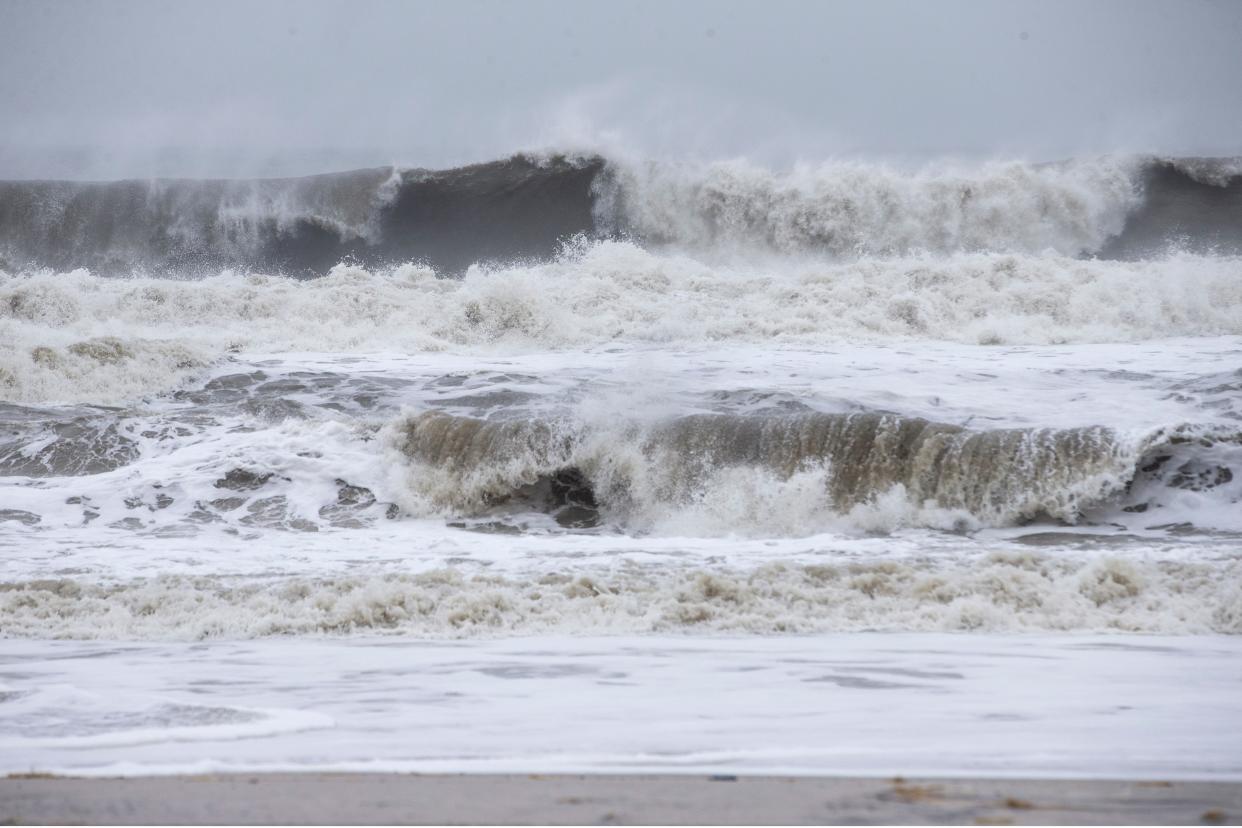Are ocean waves New Jersey's next source of power?

Are rolling ocean waves and tidal forces New Jersey's next sources of renewable energy?
That is the question being explored by officials at the state Board of Public Utilities, which met earlier this month and discussed awarding a contract for a feasibility study for tidal and wave energy generation.
"Ocean wave energy specifically refers to converting energy that's in that heaving motion of ocean waves," said Ted K.A. Brekken, a professor of energy systems at Oregon State University. "There's actually many different ways to do it… Some of the simplest ones are devices that would just simply move up and down in the waves, and you would generate electricity from that motion."
Other devices move side to side with currents or tides and others produce energy at different water depths, he said.
Last year, the U.S. Department of Energy announced it would fund $25 million worth of projects that would harness wave energy for electricity around the country.
At the time of the award announcement, U.S. Secretary of Energy Jennifer M. Granholm said wave power generation would help to diversify the renewable energy grid with sources of carbon-free power and would help lower energy bills.
Currently, there are no large-scale wave-powered projects in the United States, Brekken said.
Yet, wave and river energy could provide 60% of the nation's power needs, according to the Department of Energy. Earlier this year, the federal department's Water Power Technologies Office announced $2.3 million in awards for new technology that can capture and convert wave energy to electricity.
But New Jersey might not be the best candidate for this new form of renewable energy, said Robert Chant, an expert on the physics of ocean systems at Rutgers University.
"If we were able to turn all the wave energy on the mid-Atlantic shelf into electricity, we would get about 10% of our electricity (for New Jersey)," Chant said. "But in reality, we're never going to get it all… That would mean there are no more waves left."
New Jersey's waves produce less energy than their larger west coast counterparts, according to a study by the Electric Power Research Institute.
Large west coast waves are driven by powerful winds called The Westerlies and are strong enough to generate large amounts of electricity and feed a power grid, Brekken said. However, smaller east coast waves are more suited to powering small projects, such as buoys, marine sensors, floating bases or small, rural communities, he said.
To capture all the energy in New Jersey's waves, "we'd basically have to make the ocean look like a pond," said Chant, of Rutgers University. Doing that would still only power 10% of the state's homes, he said.
In reality, cost and construction hurdles would more likely mean that just 1% of the state's energy needs could be met by waves, Chant said.
Wave energy "is not going to solve our problem, which is why wind and solar (energies) are so appealing," he said.
To slow New Jersey's greenhouse gas production that contributes to climate change, Governor Phil Murphy set a goal to have 100% of the state's energy come from carbon-neutral sources by 2050. To reach that goal, state officials plan to use a variety of renewable energy sources to reduce reliance on fossil fuels.
'Residents don’t want these apartments': Toms River NJ OKs towers despite election results
Amanda Oglesby is an Ocean County native who covers education and the environment. She has worked for the Press for more than 15 years. Reach her at @OglesbyAPP, aoglesby@gannettnj.com or 732-557-5701.
This article originally appeared on Asbury Park Press: Renewable energy: Are coastal waves NJ's next power source?

